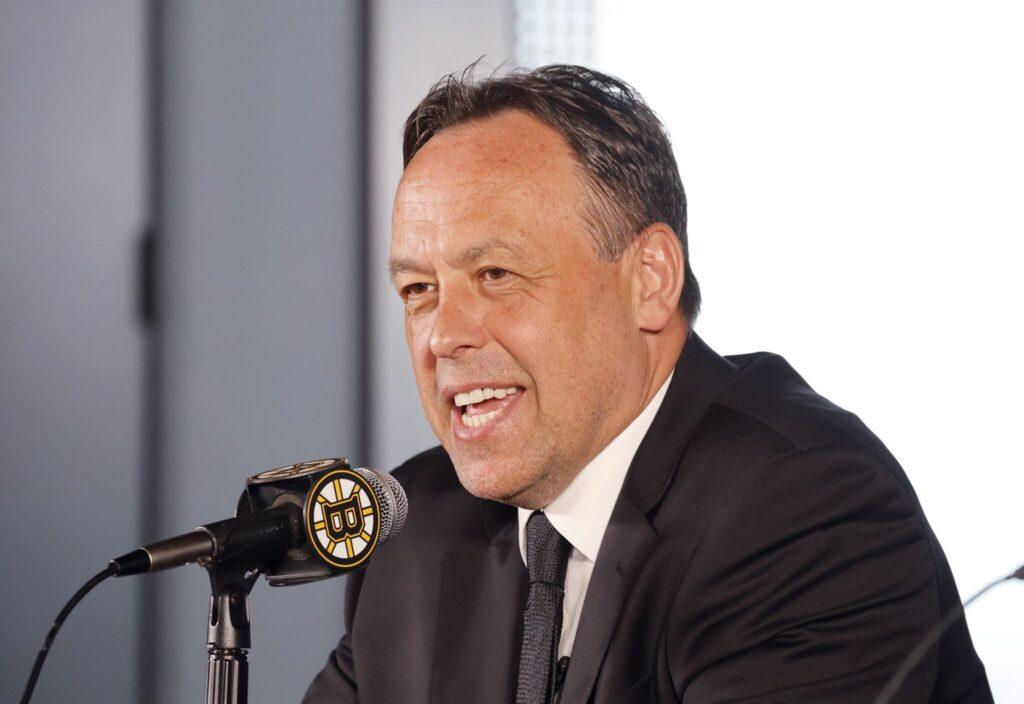
Since the early days of hockey as a competitive sport, infractions have been an unavoidable part of the game. Rules evolved as a response to on-ice incidents, aiming to improve both fairness and the overall spectacle. Over time, some actions were deemed excessive, leading to the introduction of suspensions.
Despite these efforts, inconsistency in NHL discipline has long frustrated players and fans alike. The controversy surrounding suspensions is nothing new, with high-profile incidents adding fuel to the fire. One of the earliest examples was Maurice “Rocket” Richard’s suspension, which famously sparked a riot in Montreal.
In today’s world of instant replays and viral videos, every questionable play is dissected by fans and media alike. Yet, the league’s system for determining suspensions remains opaque, relying on a single decision-maker. This approach has led to decisions that appear inconsistent at best and baffling at worst.
Historical Examples of Inconsistency
Consider the infamous 2007 incident involving Chris Simon of the New York Islanders. Simon stomped on Jarko Ruutu’s leg and was handed a 30-game suspension—the longest in NHL history at the time. Fast forward to 2008, when Chris Pronger, then with the Anaheim Ducks, delivered a similar stomp to Ryan Kesler’s leg. Despite the striking similarities and Pronger’s own history of suspensions, he received only an 8-game ban. The stark contrast in these rulings left fans questioning the logic behind such decisions.
Another glaring disparity arose during the 2011 season. In a regular-season game, Zdeno Chara shoved Max Pacioretty’s head into the stanchion at the Bell Centre, resulting in a fractured vertebra and a concussion for Pacioretty. Chara received no suspension, with the NHL ruling it a “hockey play gone wrong.” However, just months later, Aaron Rome of the Vancouver Canucks delivered a slightly late hit to Nathan Horton in the Stanley Cup Finals. Rome, like Chara, was penalized during the game, but unlike Chara, he was suspended for the remainder of the playoffs. Both incidents involved questionable hits, yet the outcomes were worlds apart.
Most recently, New York Rangers enforcer Matt Rempe levelled a brutal hit on Dallas Stars defenseman Miro Heiskanen. Rempe’s actions ticked off multiple rule violations: boarding, charging, elbowing, head contact, and even leaping into the hit. Despite the severity and his status as a repeat offender, Rempe received a mere 8-game suspension—a punishment many saw as insufficient for the offense, particularly considering that we are talking about a goon going after one of the NHL’s top defensemen.
Too often, now days, the system appears to be looking for excuses to exonerate the aggressor instead of protecting the victim.
A New Approach to Player Discipline
To address this inconsistency, the NHL and NHLPA need to adopt a more transparent and balanced system. Instead of placing the burden on a single individual, a disciplinary committee could provide a fairer and more representative process.
Proposed Committee Structure:
- NHL Representative: A former NHL executive chosen by the league.
- NHLPA Representative: A former player nominated by the players’ union.
- Referee Representative: A retired NHL official with firsthand experience enforcing the rules.
This three-member committee would ensure every perspective is considered—league, players, and officiating. In cases where unanimity isn’t achieved, decisions could be made by majority vote.
Improving the Appeals Process
The current appeals process, overseen by NHL Commissioner Gary Bettman, lacks transparency, as the Player Safety department falls under the league’s governance structure, and its Commissioner. A fairer system would involve an independent arbitrator.
Proposed Appeal Process:
- Appeals would come at a cost to the player (financial and missed games).
- Both the disciplinary committee and the appealing player/agent would present their cases to an arbitrator.
- The arbitrator would decide which argument is more reasonable, with funds from the appeal fee covering arbitration costs.
Is This the Perfect Solution?
No system is flawless, but this approach would address key shortcomings in the current process. By involving multiple perspectives and introducing an independent appeals process, the league could build trust among players and fans while fostering a greater sense of fairness in disciplinary actions.
The NHL owes it to the players, teams, and fans to ensure that justice is not only served but seen to be served.





